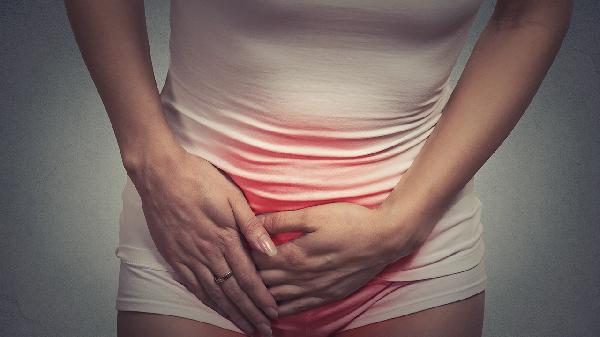The ovulation period is often referred to as the "dangerous period." Ovulation typically occurs around 14 days before the next menstrual period. For couples trying to conceive, this is the optimal time to attempt pregnancy. However, for those without a pregnancy plan, the ovulation period poses a higher risk of unintended pregnancy, so effective contraceptive measures are essential. The interval between a woman's ovulation period and her menstrual cycle, as well as the duration of menstruation, are interrelated.

If a woman has a relatively short menstrual cycle, for example, around 24 days, ovulation will occur around the 10th to 11th day of her cycle. If her period lasts for 7 days, ovulation will happen within 5 days after the period ends. In this case, contraception is necessary if intercourse occurs after the period ends. If the menstrual cycle is longer, for example, 28-30 days, ovulation will occur around the 14th day of the cycle. If the period lasts for 5 days, ovulation will begin about a week after the period ends. In other words, the longer the menstrual cycle, the longer the interval between the end of menstruation and ovulation. If the duration of menstruation is longer, the number of safe days for intercourse is reduced. Ovulation can be monitored using ovulation predictor kits or by measuring basal body temperature. During ovulation, a woman's cervical mucus will increase significantly, becoming thicker and stretchy, without any other discomforting symptoms. Additionally, for women diagnosed with anovulatory menstruation, if ovulation-inducing drugs are used, ovulation may occur within 5 days after the period ends, as these drugs are typically started on the 5th day of the menstrual cycle. If a woman's period lasts for 7 days, ovulation should occur within 5 days after the period ends. In this case, transvaginal ultrasound is needed to monitor follicular development and guide intercourse for conception.























